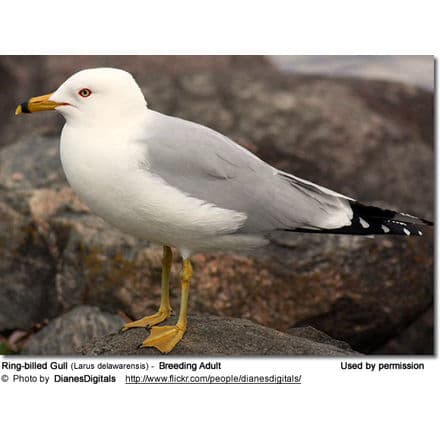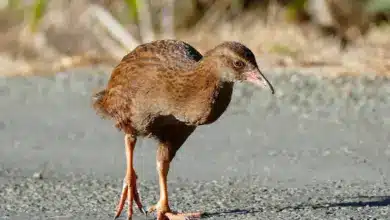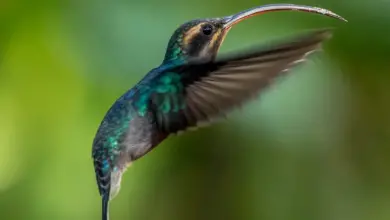Lawes’s Parotia
Lawes’s Parotias, Parotia lawesii, is a medium-sized (up to 27 cm long) passerine of the birds of paradise family, Paradisaeidae. Occasionally, the Eastern Parotia is considered a subspecies of P. lawesii.
The bird’s home was discovered by Carl Hunstein on a mountain near Port Moresby in 1884. Its name honors the New Guinea pioneer missionary, Reverend William George Lawes.
Distribution / Range
It is distributed and endemic to mountain forests of southeast and eastern Papua New Guinea.
Widespread and common throughout its range, Lawes’s Parotia is evaluated as Least Concern on the IUCN Red List of Threatened Species. It is listed in Appendix II of CITES.
Description
The male is a velvet black bird with an erectile silvery white forehead crest, iridescent purple-blue nape, and golden green breast plumes.
The inside of its mouth is lime-colored. Adorned with three ornamental spatule head wires from behind of each eye and elongated black flank feathers, that spread skirt-like in courtship display.
The female is a brown bird with a dark head, yellow iris, and dark-barred yellowish-brown below.
The iris is colored in various amounts of blue and yellow, changing according to the bird’s mood.
Breeding
Like most birds of paradise, male Lawes’s Parotias are polygamous. The clutch contains 1, maybe occasionally 2 eggs; the few eggs that have been studied were about 33 x 24 mm in size, but these were possibly small specimens (Mackay 1990).
Diet / Feeding
It eats mainly fruit, seeds, and arthropods.




